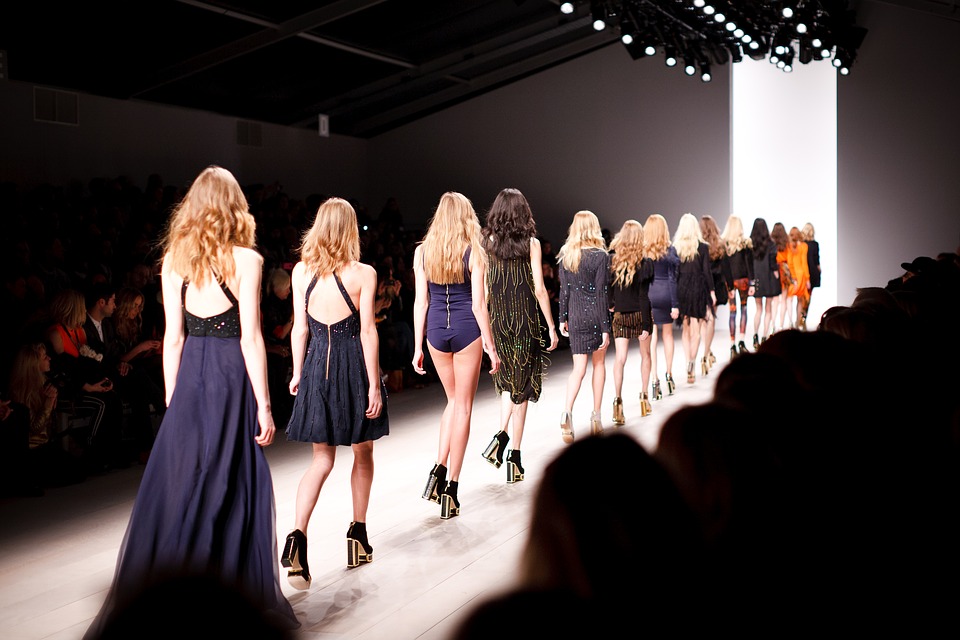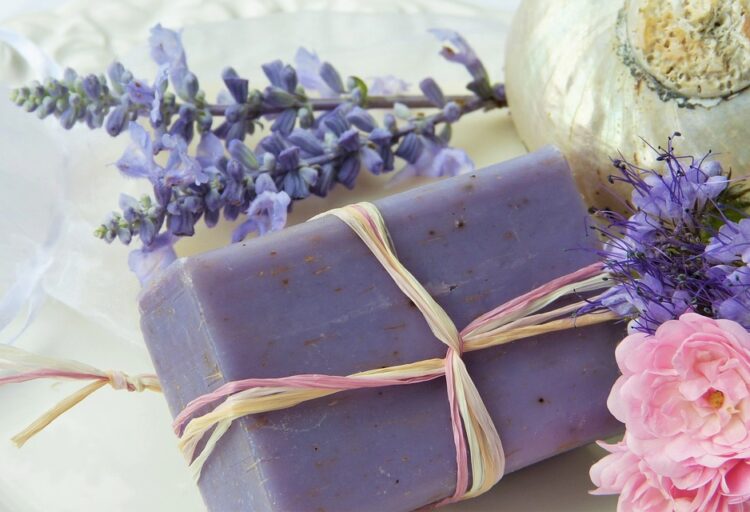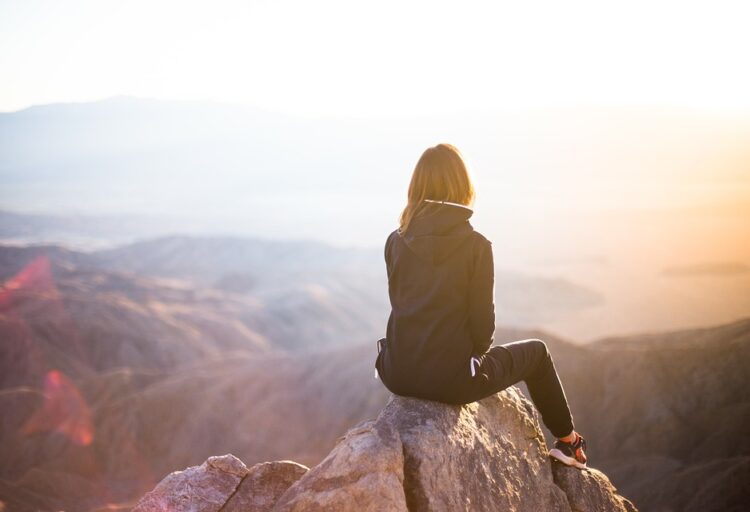
It’s amazing how much the fashion industry is changing. I am in awe of the changes being made. This year, the SS18 fashion shows in London, Paris and New York were found to be the most diverse yet, and I for one think that’s an incredible improvement.
There was a record of 93 plus-size/curve model appearances and 45 transgender castings. There was also diversity in age too, as 27 models over the age of 50 walked the runway — making movements towards a fully inclusive catwalk. There are also an increasing number of models with disabilities, such as disability rights activist, Madeline Stuart, a model with Down syndrome, who has proved that having a disability doesn’t have to hold you back.
Of course, these changes are amazing but there’s still a long way to go. With many of us taking an interest in what we wear and what’s on-trend, fashion has an obligatory duty to represent all of us on the big stage.
How are we making change happen?
Recently, fashion brands have fallen under the spotlight and have started to feel the pressure from customers and companies to make the move away from focusing on one model type and one body shape and size. Some brands have been more open to change than others – there is diversity in fashion but not in all brands, some are leading the way!
ELLE pointed out that designers such as Marc Jacobs, Ashish, Zac Posen, Demna Gvasalia and Prabal Gurung have consistently invited women of colour to walk in their shows. But, supermodel Naomi Campbell warns that she doesn’t want women of colour and the appropriation of their cultures in fashion to be a fad that designers are using to gain attention:
“We don’t want to be a trend. It’s the skin we’re born with and will spend the rest of our lives with until we leave [the Earth]. You’ve got to really think ahead now. Think differently and think what readers want — that’s the only way to keep their interest. People want to see multi-cultural women of all colours, shapes and sizes.”
When we think of diversity in fashion and on the runway, often our thoughts automatically go to skin colour and the value of a campaign that is fully inclusive of all skin types and cultural backgrounds. We mustn’t focus solely on skin type, though — transgender and non-binary people are making themselves seen and heard in the fashion industry, too. There’s a lot more to diversity than meets the eye and it’s important to understand that.
During SS18’s 266 major fashion shows, 45 transgender models and four non-binary models walked major and semi-major catwalks, which I personally think is amazing. AW17 saw only ten transgender models taking to the runway, and in SS17 only eight. So, it’s clear that we are seeing change and transgender models, such as Teddy Quinlivan, are leading the way. I believe that the catwalks should represent every person in society, so this is a step in the right direction.
The size of models on the runway is another issue that is often talked about. With the widespread introduction of plus-size influencers and models that are in the spotlight for marketing campaigns for non-luxury brands, you would think that designers of the catwalk would make changes, too. For me this is an important issue. I grew up in a time where all the influencers I saw were size zero. I wasn’t. I was always a size 10-12, which meant that as a teenage girl I felt overweight when the reality was I wasn’t. This had a huge impact on my self-esteem, in fact to this day it still does.
Although we’ve come a long way from curvy women being banned from walking in catwalk shows, it’s still a reality that a lot of high-fashion designers produce samples at a size six or below and some don’t sell garments that are larger than a size ten.
This season of shows did see a record of 93 appearances of plus-size/curve models, which was up from last season’s 30 castings. Out of these 93, 90 plus-size appearances were made in New York and one report revealed that Milan was the only city to not feature a single plus-size model.
Something else to consider is the age of the models that we see on the runway. It’s mostly dominated by models under 50, despite the fact that people of all ages buy clothes. We did see a few brands such as Eckhaus Latta, Creatures of Comfort and The Row cast older models for their shows but in reality, only 0.2% of those on the runway for Fall 2018 shows were 50 or above. It’s clear to see that there is a long way to go when it comes to progression in this area.
Why should high-fashion brands make a change?
It has never been more important than it is today to ensure that there is diversity in fashion, particularly as topics such as mental health and body confidence have been making the news regularly. I myself have struggled with body confidence in past, I’ve also had various friends struggle with eating disorders as a result of what they deemed to be the “perfect figures”.
With the rise of social media and ease-of-engagement for customers with fashion brands, brands must remember that people can easily get their voice heard if they don’t think that they’re being fairly represented. When it comes to size and cultural diversity, we’ve certainly seen change — but will all brands follow and will it extend to include people of all ages?
Research for this article was carried out by Trilogy Stores, premium stockists of brands such as Rixo.





Leave a Reply